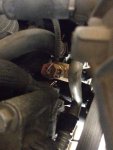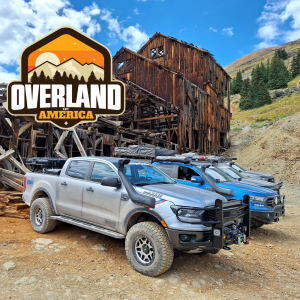98v70dad
Well-Known Member
My 95 3.0L is losing coolant and I haven't been able to pinpoint the leak. The truck has 106,000 miles on it and is located in Atlanta where vehicles can last forever if taken care of. Here's what I know. 1) There is no coolant in the oil. 2) There is no oil in the coolant. 3) For what its worth it passes the rubber glove test 4) No cloud of white smoke from the tail pipe. 5) Engine runs smooth 6) Heater works fine. 6) I bought a UV light and put some dye in the coolant. There is a bit (tiny) of a leak at what I've heard is a common spot at an upper timing chain cover bolt (passenger side) but I would describe it as a weep more than a leak. 7) The radiator doesn't have any apparent leaks. It's the original radiator. 8) I'm not sure about the water pump. I haven't checked it thoroughly because the night I did the dye check it was raining and I didn't want to lay in the mud to get under there. In a lifetime of owning cars I've never had one fail as early as 106,000 miles but it IS pretty old. 9) The engine runs at the normal coolant temperature. 10) All of the hoses are in good condition - no apparent leaks - they have been replaced once in the life of the truck.
Anyhow, any help would be appreciated. I fill the overflow tank and a few days later its almost empty after driving less than 50 miles. Yet, there is no coolant puddle in the driveway. Not even any drips. I thought maybe the overflow tank has a crack in it but its dry under it. I have two trucks and this one doesn't get driven a lot but I'd like to get it back on the road because it doesn't eat gas like my full size 4x4.
Anyhow, any help would be appreciated. I fill the overflow tank and a few days later its almost empty after driving less than 50 miles. Yet, there is no coolant puddle in the driveway. Not even any drips. I thought maybe the overflow tank has a crack in it but its dry under it. I have two trucks and this one doesn't get driven a lot but I'd like to get it back on the road because it doesn't eat gas like my full size 4x4.














